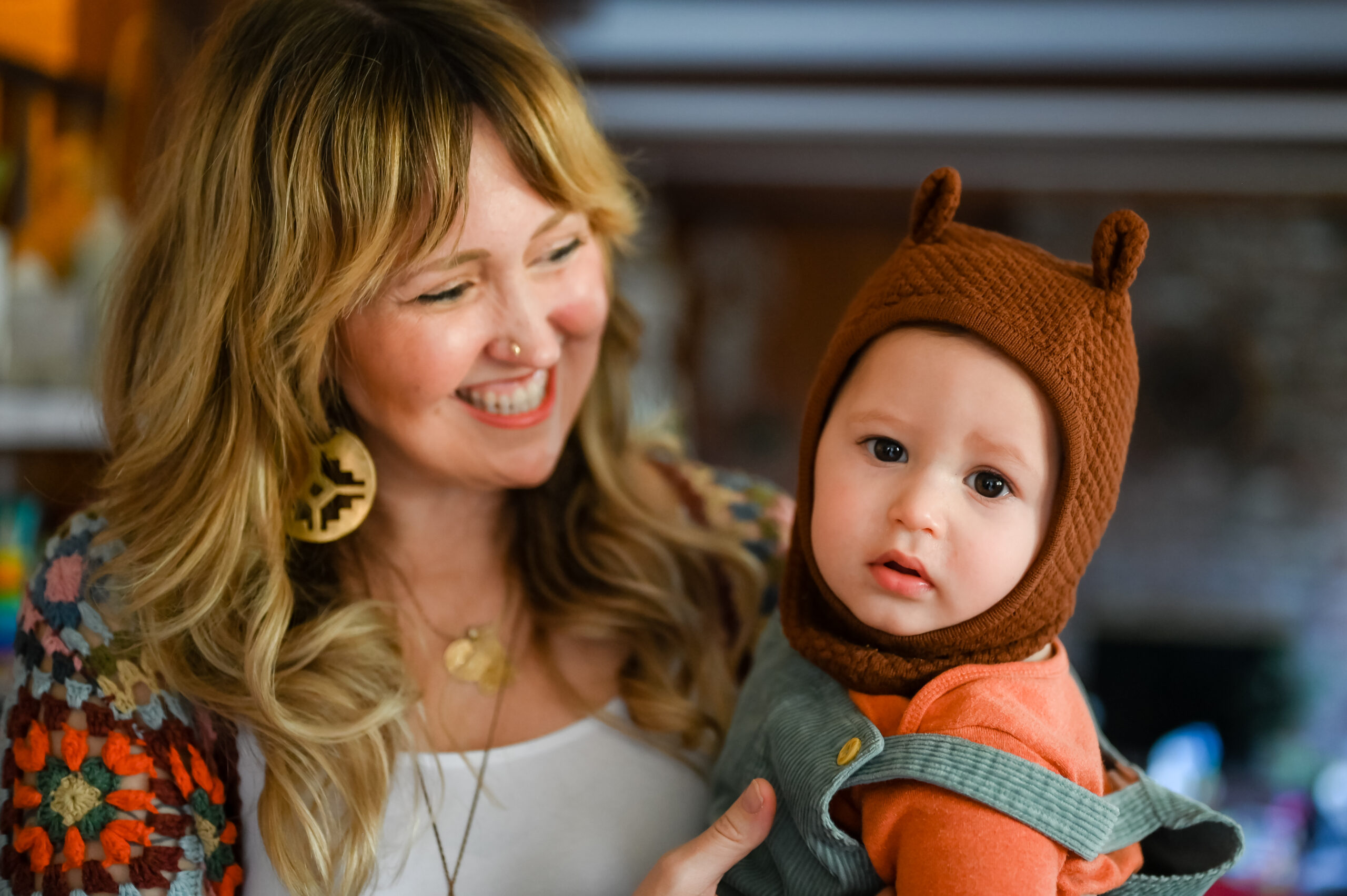5 Ways To Help Avoidant Attachment and Create Security Now
Knowing your attachment style, or how you relate to the people you love, can be incredibly helpful in romantic relationships. Attachment styles reflect how we were parented, and as most parents are fallible, our attachment styles aren’t always secure. Knowing your attachment style can help people with avoidant attachment in particular.
If you’re an avoidant attacher, you probably learned from your parents/caregivers:
- That reaching out for comfort when you were upset or in pain would lead to rejection.
- That help (particularly emotional help when you were in distress) you received was not actually supportive.
- How to rely only on yourself.
- To be alone when you felt big emotions.
- You also may not remember a lot from your childhood.
This doesn’t mean avoidant attachers don’t want relationships — you likely want partnership and love very much! But you have trouble committing because romantic relationships bring up big emotions, and those emotions can be overwhelming. So, you try to feel better using patterns you learned when you were a kid: disappearing for long stretches of time, avoiding conversations and phone calls, stonewalling, or getting angry when someone presses you about feelings.
You may often feel like relationships are burdensome, or that your partner lays their emotions on you in a way that is unsustainable.
These are uncomfortable feelings for sure! But, there are ways for you to start leaning towards security that will help you find more peace with your partner and yourself.
What can help avoidant attachment is to practice a few of these techniques. Then see if you start feeling more secure with yourself and with your partner
1) Make a practice of naming your feelings.
Avoidant attachers are great at knowing what other people are feeling and thinking, but not so great at identifying and putting words to their own feelings.
This gets even more difficult when you’re in a romantic relationship and your partner is trying to talk about their feelings, and find out yours.
You might get frustrated because you don’t know what to contribute. Or, you mis-label your feelings as angry when, really, you’re feeling something more akin to hurt or shame.
You might also feel it’s pointless to talk about your feelings. Often, this is because you didn’t grow up talking about feelings when you were younger. If no one identified feelings or modeled talking about feelings with you, it was probably unsafe to talk about them.
However, naming your feelings will not only help you communicate them better but also help you ask for what you need clearly. What helps avoidant attachment is communicating their feelings and experience so their partners have a better idea of what is actually going on for them.
If people with avoidant attachment don’t clarify what they are feeling, partners will often assume the worst.
They will think you don’t like them or want to spend time with them, which is often not the case at all.
2) Naming your feelings will help you identify your needs.
Without the ability to name your feelings, it’s often difficult to identify your needs. Without knowing your needs, you can’t ask for that thing or boundary. Because being alone is your go-to way of feeling better, you probably overemphasize asking for space (or taking it without notice).
But taking space as a catch-all request won’t help you build intimacy or security, and often isn’t an option in many partnership situations like living together, raising kids, or traveling together to a place you can’t leave.
Asking for other things besides space will help you truly get your needs met. Practice requests like:
“I need more kindness right now,”
or
“I appreciate when you help with the kids on school nights and I would love more of that,”
or
“I’m really angry and I don’t want to say something I don’t mean, so I’d like to calm down before we talk about this again.”
3) If you’re going to take space, identify when you’re coming back.
If you repeatedly take space without letting your partner know when you might return, it will very likely create an insecure attachment.
Surprisingly — and serendipitously — many avoidant attachers end up in relationships with anxious attachers. This can be very magical (you’re learning about the exact thing you have trouble with from your partner) but often very difficult (you’re learning the exact thing you have trouble with)!
It’s important to know that many people with anxious attachment styles have a deep fear of abandonment, so if you take space without saying when you’ll be back, it can trigger all of their deep wounding. Even secure attachers can get annoyed and angry if you disappear, stop responding, and don’t say when you will be back. You may see it as necessary to your mental health, but I guarantee your partner doesn’t see it quite so positively.
Practice setting boundaries with yourself around how long you need — then tell your partner, and stick to it. Phrases like, “I need to cool off right now, I’ll be back in an hour,” or “I promise we can talk tomorrow night, but I really need to be alone right now,” will help your partner feel more secure. It alleviates their anxiety, and helps people with avoidant attachment not feel guilty for disappearing.
4) Learn how to get relief with someone instead of just taking space.
Growing up, you were able to get comfort or relief from anxiety by being alone, so you’re used to being by yourself when you’re upset. One of the biggest ways that people with avoidant attachment get wounded is that there was not someone there when they were upset as a child. They learn to deal with their emotions alone, and lets be honest, by deal we mean mostly ignore. Because of this, they are often not comfortable being with someone else when they are upset. It’s likely that you don’t really know how to get relief or comfort with someone without getting space! The good news is, it can be done.
Here are a few things you can try:
- Spending time in another room for awhile
- Being quiet in the same room together
- Watching a movie together
- Listening to music
- Sharing an activity like cooking or hiking together
- Talking about it
- Touching gently
- Hugging
There are other ways to calm down besides leaving. Practice some of these things instead (and it will be a practice!) to create a calmer, more secure relationship.
5) Let your partner know that you’re thinking about them, and when you would like to see them.
One of the biggest things that can help people with avoidant attachment is to let your partner know that you are thinking about them and that you want to see them. “Normal” for you has always been living life on your own: you take care of yourself, and you’re used to considering your needs and wants first.
There’s nothing wrong with that, and it probably helped you survive for a long time when your needs and desires were being neglected in childhood. But habits like these mean you probably don’t reach out to others very often.
Reaching out to your partner with little, unasked for, remembrances can really shift how secure you both feel. Send a text in the morning saying, “I love you” or, “Thinking about you,” or leave flowers or a note at their office desk. This help secure attachment in two ways: you get to practice staying connected and intimate, and it helps your partner relax and know you’re still there. Both will get you more of the peace you want.
In the same vein, letting your partner know when you would like to see them soothes their system and helps create security. It also gives your partner something to look forward to and allows them to count on you.
If you live together and you see each other regularly, ask when a good time to connect might be. Especially if you’re living together, make specific time to connect. Eat a meal together, play a game, or just turn off the screens, and your connection will create more security.






